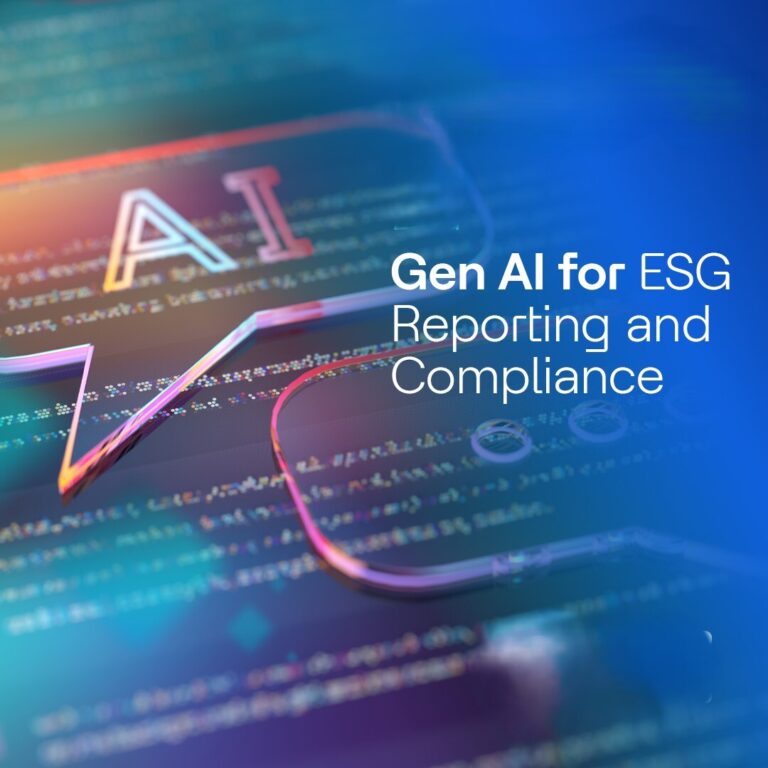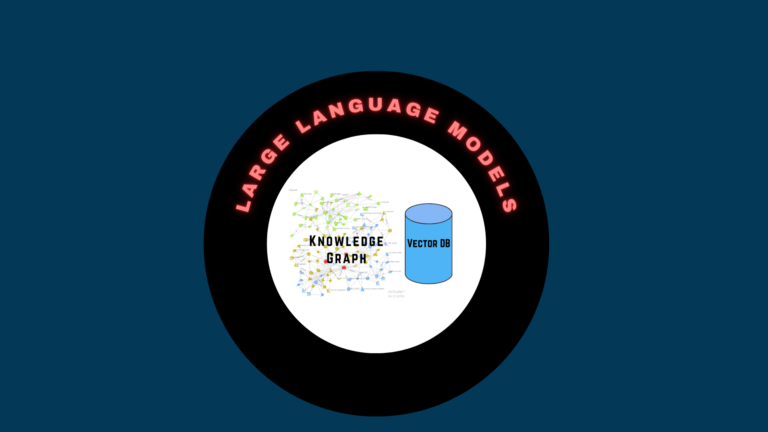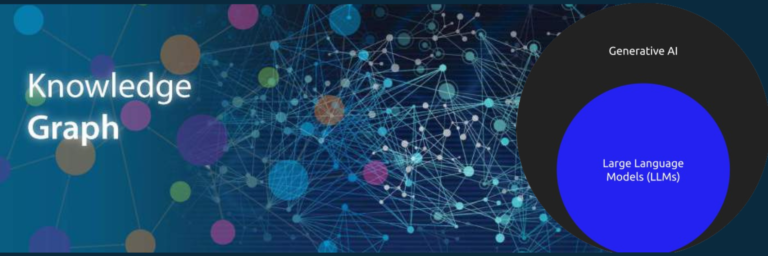This blog is going to discuss the importance of AI in assisting insurance underwriters:
Understanding the Role of Insurance Underwriters:
Insurance underwriters are responsible for assessing and evaluating the risks associated with insurance policies. The primary function of their role is to approve or deny insurance applications. If the applications are approved, underwriters also need to determine the premiums for insurance coverage. In order to make the informed decision of whether to approve, deny, or modify insurance coverage, insurance underwriters perform risk assessments. They do this by gathering relevant information about the applicant, property, transaction, etc, being insured. Underwriters also review insurance applications and policy documents to ensure they align with the company’s underwriting guidelines and standards.

Through meticulous actuarial assessments, underwriters analyze various factors such as the applicant’s history, potential hazards, market conditions, and type and value of the insured. In the case of insuring an individual, underwriters look at age, health, occupation, claims history, etc.. In the case of insuring a piece of property such as a factory, an underwriter would look at location, construction, usage, layout, regulatory compliance, etc. Underwriters then estimate the likelihood and potential cost of future claims based on these assessments. The premiums are then established proportionate to the level of risk identified. This process guarantees that policyholders receive just and equitable premiums, effectively mirroring the associated potential risks.
Insurance underwriters also help to maintain insurance companies’ financial stability and profitability by accurately assessing risk and setting appropriate premiums. In this way, underwriters uphold the strength of the insurance market while providing clients with reliable financial protection.
Key Unstructured Data Sources for Insurance Underwriters:
Underwriters look at both structured and unstructured data to analyze and assess the risks accurately. The key types of unstructured data include:
- Textual documents: policy applications, policy endorsements, contracts, claim documents, legal agreements, inspection reports, and correspondence (emails, letters). These documents contain critical information about of the entity being insured.
- Social media data: In some cases, underwriters may examine social media profiles of individuals or businesses to gain insights into their lifestyle, activities, or business operations.
- Market research and news articles: Industry reports, market research, and economic forecasts provide underwriters with information about external factors such as weather events, disasters, social unrest, etc. that could impact insurance risks.
- Website content: Website, customer reviews, product descriptions, and regulatory disclosure may be used to assess the risk of insuring businesses or activities.
- Legal and regulatory documents: court records, litigation reports, and regulatory filings allow underwriters to assess the potential liabilities or legal risks associated with a policy.
Harnessing AI for Data Analysis in support of the insurance underwriting:
Knowledge-based techniques and modern Natural Language Processing techniques can help analyze unstructured textual data and extract relevant information and meaningful insights.In the realm of risk assessment and premium determination, TextDistil efficiently extracts critical data points from multiple types of documents such as legal documents, regulations, etc. and populates a knowledge graph.

The knowledge graph enables underwriters to analyze and to craft meticulous risk assessments. It also helps them formulate tailored coverage and quote competitive premiums that reflect the unique needs and circumstances of the applicants.
Conclusion:
TextDistil’s effectiveness in extracting factual data of interest automatically from vast corpus of text enables powerful yet practical analytical workflows. This capability, in turn, equips underwriters with the insights needed for diligent risk assessment and informed decision-making. TextDistil sets a new standard in the insurance underwriting process by facilitating efficient assessments and promoting competitive premium offerings.












